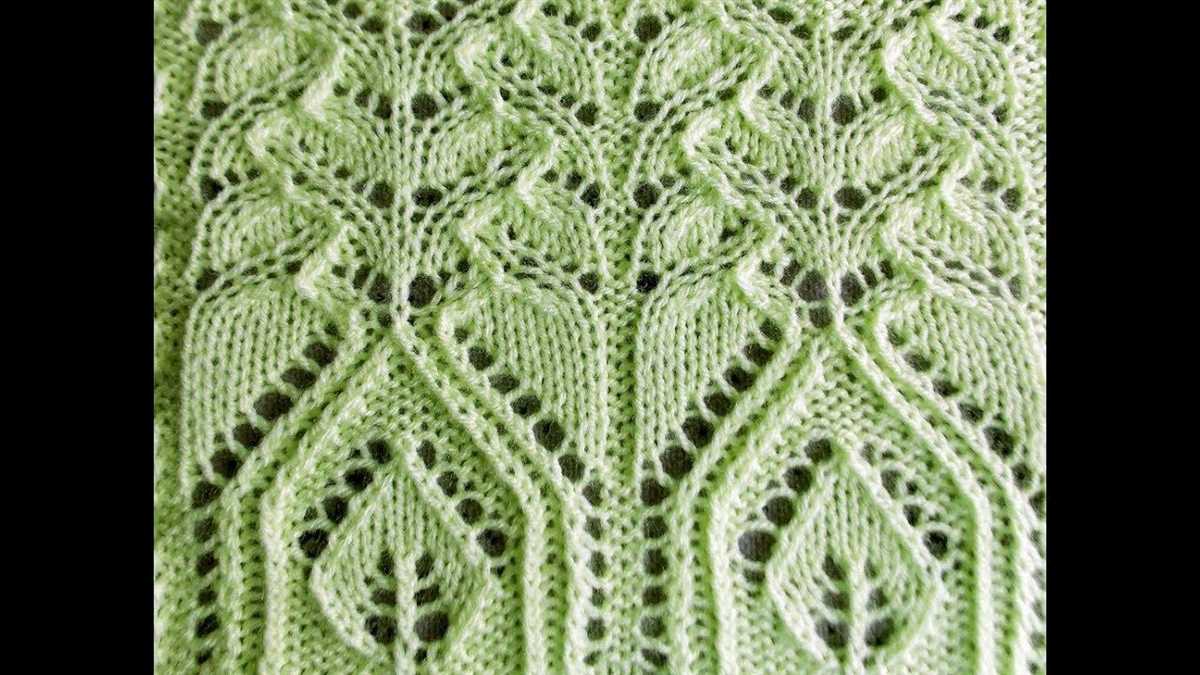
Japanese lace knitting patterns are renowned for their intricacy, elegance, and delicate beauty. These patterns, often inspired by nature and traditional Japanese motifs, are created with a meticulous attention to detail and a deep appreciation for craftsmanship. Japanese lace knitting is characterized by its intricate stitches and the use of fine yarns, resulting in exquisite lacework that is both lightweight and warm.
What sets Japanese lace knitting apart is the unique combination of traditional knitting techniques and the incorporation of delicate lace patterns. These patterns often incorporate motifs such as cherry blossoms, waves, and geometric shapes, which reflect Japan’s rich cultural heritage. Each stitch is carefully thought out and purposefully placed, resulting in lace patterns that are both captivating and harmonious.
Japanese lace knitting has a long history and has been passed down through generations. The art of lace knitting was originally brought to Japan from Europe in the 19th century, but over time, Japanese knitters have developed their own unique style and patterns. This art form is deeply rooted in tradition and speaks to the Japanese commitment to craftsmanship and attention to detail.
What is Japanese lace knitting?
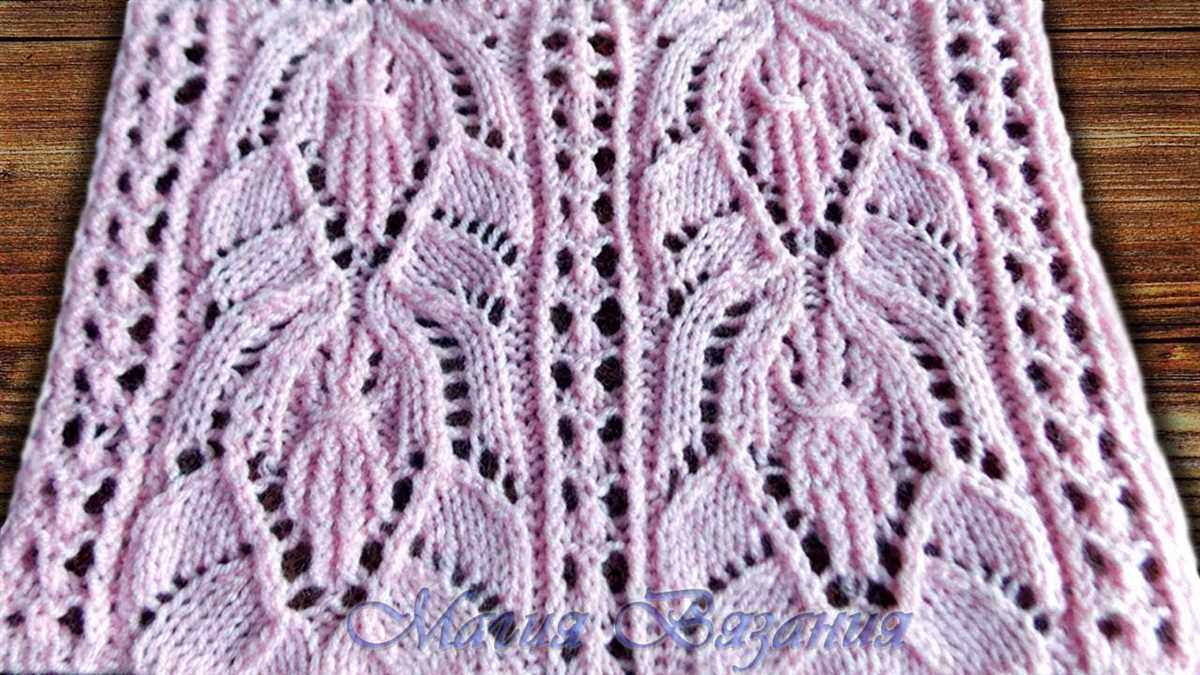
Japanese lace knitting is a technique that originated in Japan and has gained popularity around the world. It is characterized by delicate and intricate lace patterns that are created using a combination of simple stitches and clever manipulations of yarn overs, decreases, and increases.
One of the distinguishing features of Japanese lace knitting is the use of symbols and charts to represent the different stitches and patterns. These symbols make it easier for knitters to visualize and follow the complex lace patterns, even if they do not speak or read Japanese. This makes Japanese lace knitting accessible to knitters from different cultural backgrounds.
Japanese lace knitting patterns often draw inspiration from nature, incorporating motifs such as flowers, leaves, and geometric shapes. The patterns can range from simple and repetitive to intricate and challenging, providing a wide range of options for knitters of all skill levels.
Knitting lace in the Japanese style requires focus and attention to detail, as the intricate patterns can be quite challenging to execute. However, the end result is a beautifully textured and delicate fabric that can be used to create shawls, scarves, and other accessories.
Whether you are a beginner or an experienced knitter, exploring Japanese lace knitting patterns can be a rewarding and fulfilling journey. The combination of artistry, technical skill, and cultural heritage that is inherent in Japanese lace knitting makes it a unique and captivating form of knitting.
History of Japanese Lace Knitting
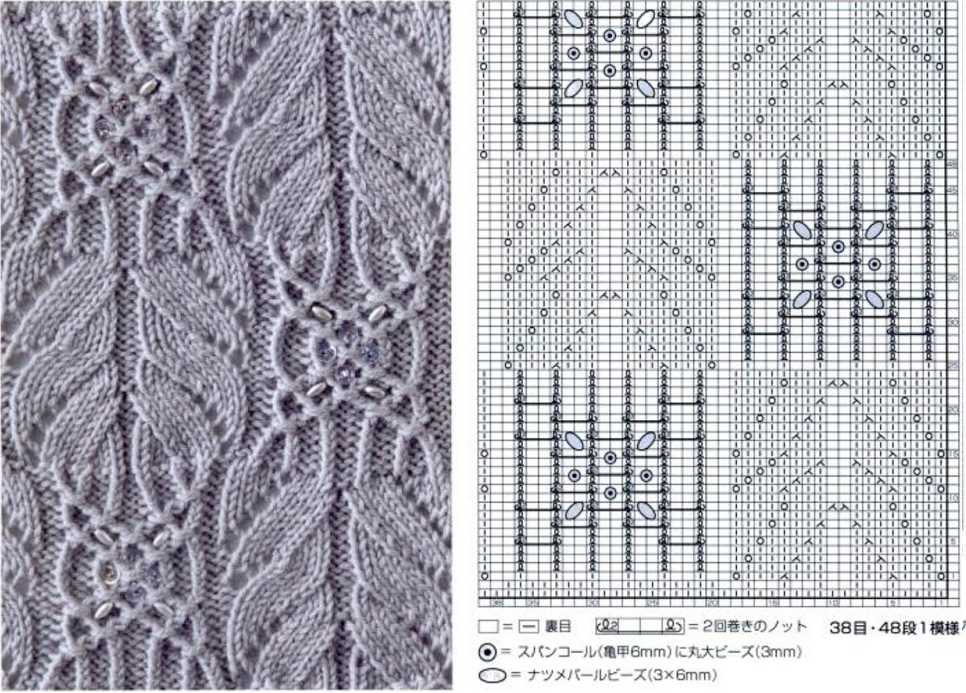
Japanese lace knitting has a rich history that dates back centuries. The art of knitting and lacework has long been a cherished tradition in Japan, with techniques and patterns passed down through generations. From delicate shawls to intricate garments, Japanese lace knitting showcases the skill and creativity of its artisans.
One of the earliest records of lace knitting in Japan can be traced back to the Edo period (1603-1868). During this time, knitting was introduced to Japan by Dutch traders, and the technique quickly gained popularity among the wealthy elite. Lace knitting became particularly favored by the samurai class, who wore knitted garments and accessories adorned with intricate lace patterns.
The art of Japanese lace knitting continued to evolve and flourish during the Meiji era (1868-1912), as Japan opened up to the world and embraced new influences from the West. Knitting patterns and techniques were further refined and combined with traditional Japanese aesthetics, resulting in unique and elaborate lace designs.
Today, Japanese lace knitting remains highly regarded for its attention to detail and exquisite craftsmanship. The patterns often feature motifs inspired by nature, such as cherry blossoms, waves, and geometric shapes. The delicate and lacy fabrics created through these techniques are highly sought after by knitters and collectors around the world, making Japanese lace knitting a cherished and enduring art form.
Japanese Lace Knitting: Komon
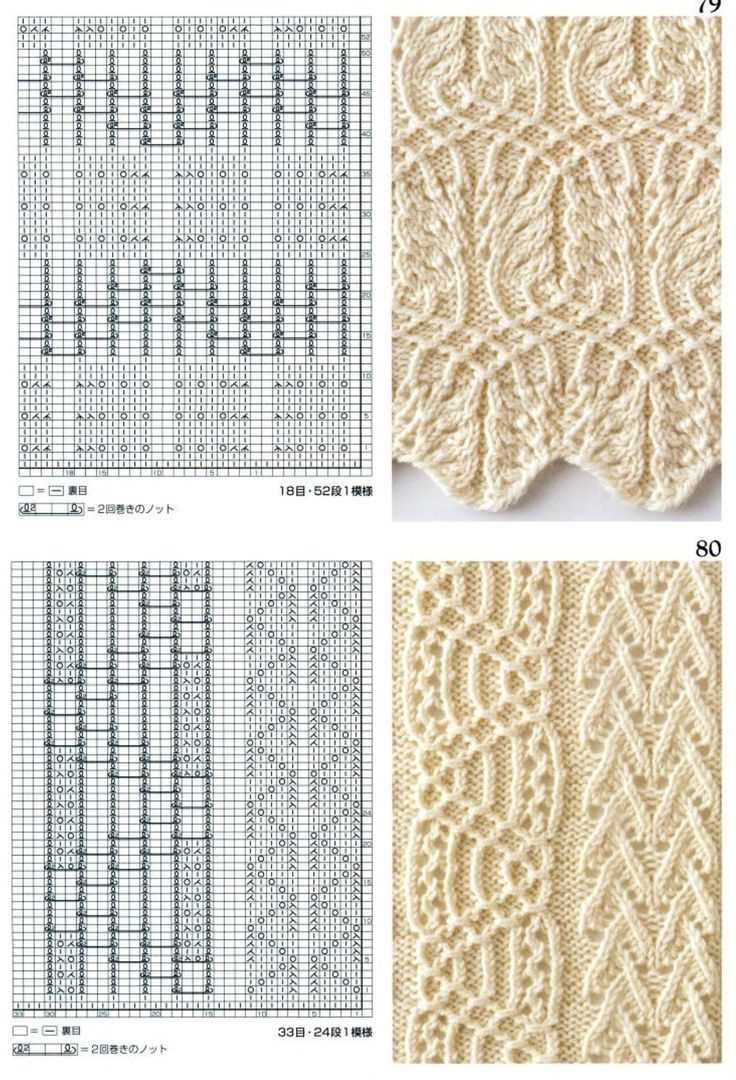
Komon is a traditional Japanese lace knitting pattern that features intricate geometric designs. It is known for its delicate and intricate motifs, which are often symmetrical and repetitive. Komon patterns are typically used in the creation of beautiful garments, such as shawls, scarves, and cardigans. These patterns are created by knitting together a series of yarn overs and decreases, which results in a lace fabric that is lightweight and airy.
The origins of Komon can be traced back to the Edo period in Japan, where it was initially used as a decorative technique for kimonos. The word “komon” itself means “small repeated patterns,” which perfectly describes the essence of this lace knitting style. Each pattern consists of carefully crafted motifs, such as flowers, leaves, or geometric shapes, that are repeated throughout the fabric.
One of the unique aspects of Komon is its versatility. Knitters can choose from a wide range of patterns and motifs to create their own customized designs. Popular choices include cherry blossoms, waves, and traditional Japanese symbols. The intricate lacework adds an elegant and feminine touch to any garment, making it a popular choice among knitters who seek to create heirloom-quality pieces.
Key Features of Komon:
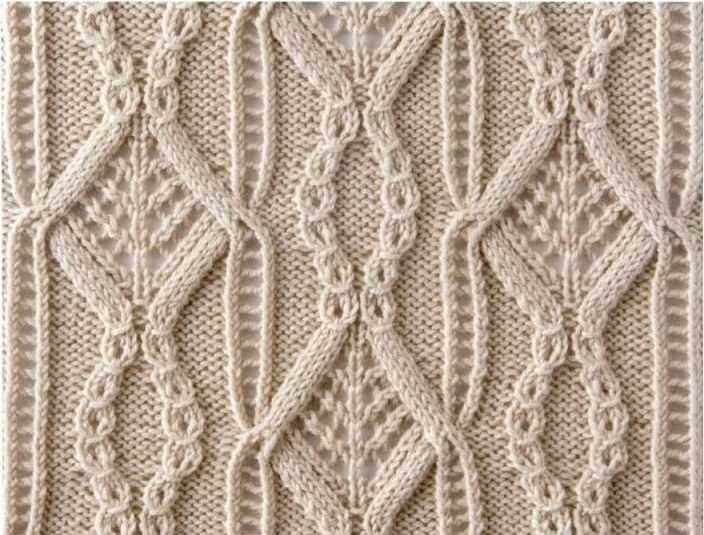
- Delicate and intricate lace motifs
- Historical origins in the Edo period
- Repetitive and symmetrical patterns
- Versatile and customizable designs
- Adds an elegant touch to garments
- Popular motifs include cherry blossoms and waves
In conclusion, Komon is a traditional Japanese lace knitting pattern that offers a unique blend of history and artistry. With its delicate motifs and versatile designs, it continues to be a popular choice among knitters who appreciate the beauty of lacework. Whether used in the creation of shawls, scarves, or cardigans, Komon adds an exquisite touch to any garment.
Kasuri
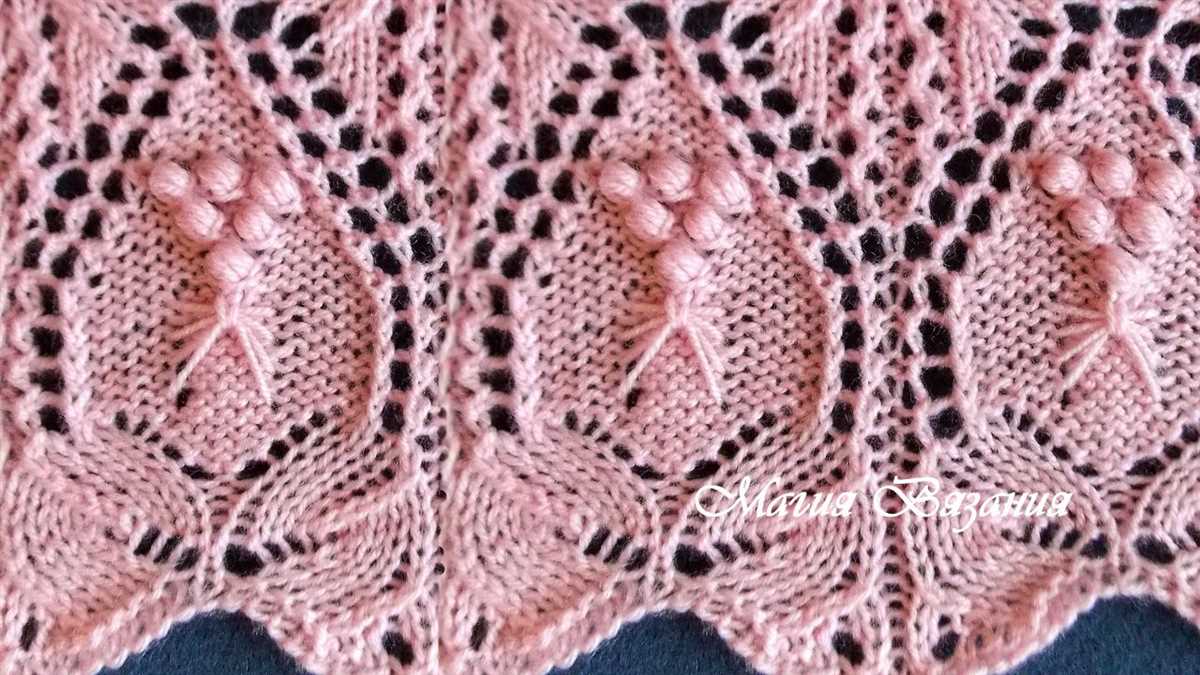
Kasuri is a traditional Japanese technique used in textile art, such as weaving and dyeing, to create intricate patterns. It involves the tying of individual threads before dyeing them, resulting in a resist pattern once the threads are untied. This technique is commonly used in creating beautiful and unique designs in fabrics, including lace knitting patterns.
The process of creating kasuri patterns begins with the preparation of the warp and weft threads. The threads are carefully measured, dyed, and tied according to the desired pattern. Once the pattern is complete and the threads are integrated into the loom, the weaving process begins. The interplay of the dyed threads creates a stunning visual effect, with the intricate patterns emerging as the fabric takes shape.
Kasuri patterns can vary in complexity, ranging from simple geometric designs to intricate motifs inspired by nature. The skill and artistry of the craftsmen are evident in the precise execution of each pattern, ensuring that every piece created is a work of art. Japanese lace knitting patterns often incorporate elements of kasuri, with delicate motifs and intricate stitch patterns that mimic the beauty and intricacy of traditional kasuri textiles.
With its rich cultural history and exquisite craftsmanship, kasuri is not only a technique but also a form of artistic expression. The intricate patterns created through this method continue to inspire and captivate artists and designers around the world. Whether in fabrics or knitting patterns, kasuri adds a unique touch of beauty and elegance, showcasing the rich traditions of Japanese textile art.
Aranami
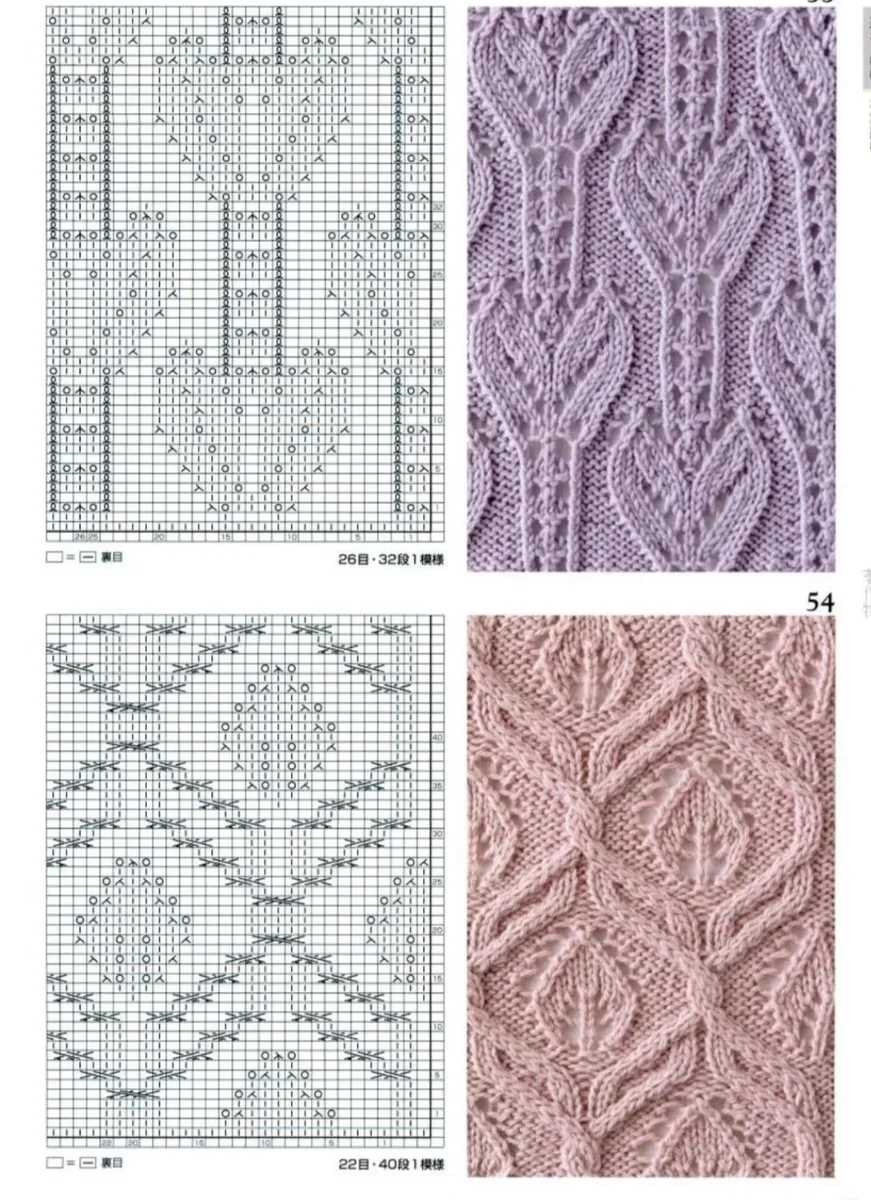
Aranami is a traditional Japanese lace knitting pattern that translates to “raging waves” in English. It is characterized by its intricate wave-like design, which gives the knitted fabric a beautiful and dynamic texture. This pattern has been used for centuries in Japanese culture to create stunning garments and accessories.
The Aranami pattern typically consists of repeating motifs that resemble crashing waves. These motifs are created using a combination of simple knit and purl stitches, as well as yarn overs and decreases. The result is a lace pattern that is both visually striking and surprisingly easy to knit.
The Aranami pattern can be used to create a wide range of items, including scarves, shawls, and even blankets. It is often worked in fine-gauge yarns, such as lace or fingering weight, to enhance the delicate nature of the lace. However, it can also be adapted to heavier weight yarns for a bolder and more substantial look.
Whether you are a beginner or an experienced knitter, the Aranami pattern is a great way to explore the world of Japanese lace knitting. Its repetitive nature makes it a relaxing and meditative project, while its stunning visual impact will impress both knitters and non-knitters alike.
Sakura Blossom
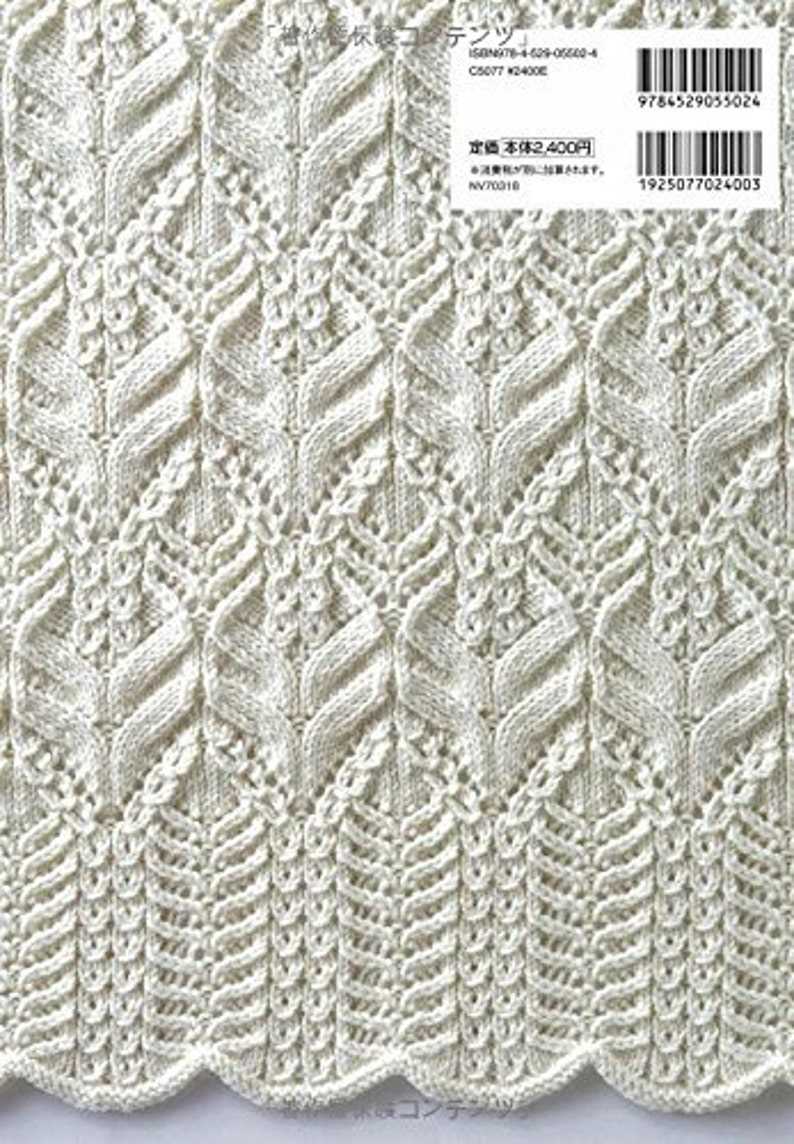
The Sakura Blossom is a beautiful lace knitting pattern inspired by the delicate cherry blossoms that bloom in Japan in the spring. The pattern features intricate floral motifs and delicate lacework, creating a stunning design that captures the essence of the Sakura Blossom.
One of the key elements of the Sakura Blossom pattern is its use of traditional Japanese lace knitting techniques. These techniques are known for their intricate lacework and delicate stitch patterns, which create a stunning and unique look. With the Sakura Blossom pattern, you can bring a touch of Japanese elegance and beauty to your knitting projects.
Features of the Sakura Blossom pattern:
- Delicate cherry blossom motifs
- Intricate lacework
- Traditional Japanese lace knitting techniques
- Elegant and feminine design
- Can be used to create a variety of projects, such as shawls, scarves, and sweaters
Whether you’re a beginner or an experienced knitter, the Sakura Blossom pattern offers a unique and rewarding knitting experience. The pattern provides clear instructions and charts, making it easy to follow along and create beautiful lacework. With its delicate cherry blossom motifs and intricate lacework, the Sakura Blossom pattern is sure to become a favorite among lace knitting enthusiasts.
Dragonflies in Flight
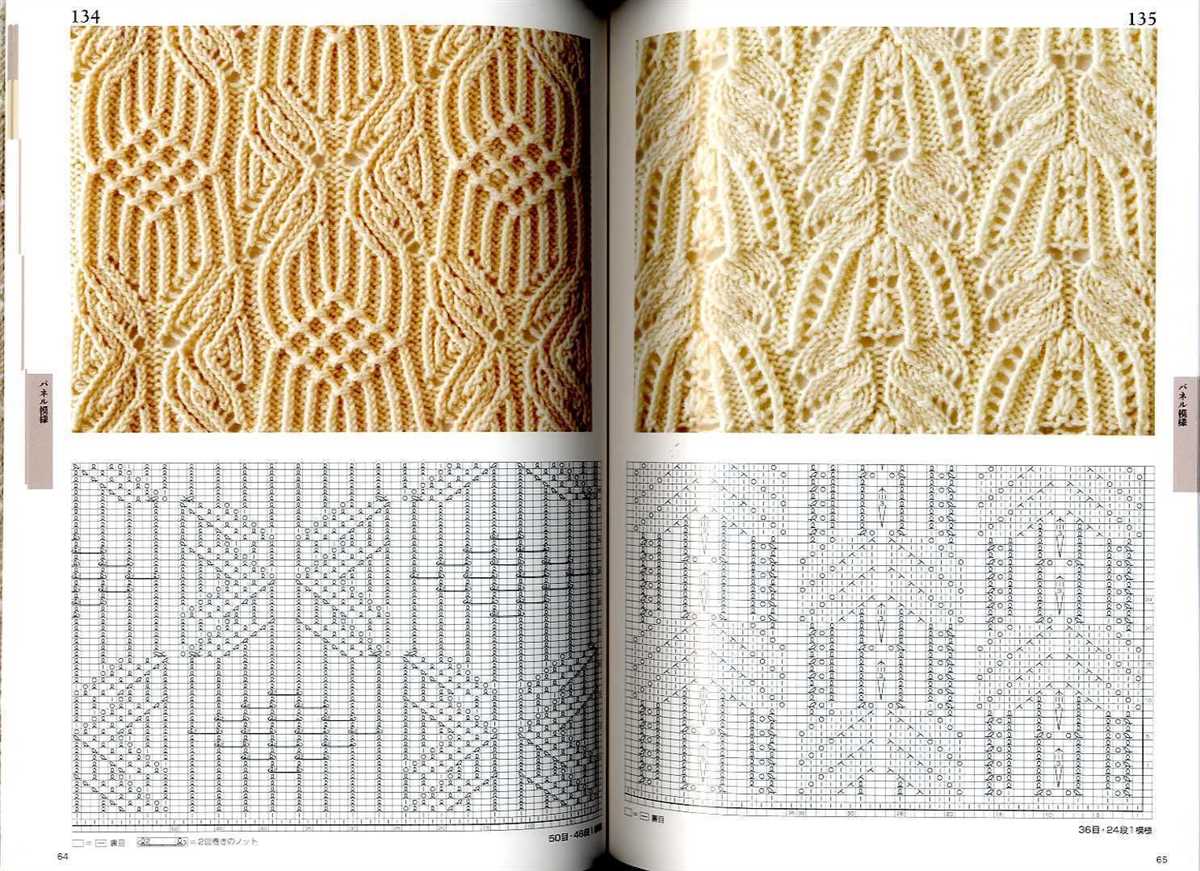
Dragonflies in Flight is a popular motif in Japanese lace knitting patterns. The delicate yet striking design of dragonflies in motion is often used to create beautiful and intricate lace patterns in knitted garments and accessories.
The pattern typically features multiple dragonflies arranged in a symmetrical formation, creating a sense of movement and grace. The intricate details of the dragonfly’s wings and body are beautifully captured in the lacework, showcasing the skill and artistry of the knitter.
The dragonfly motif is often combined with other elements such as flowers, leaves, or geometric shapes to create a visually stunning composition. These patterns can be used to knit a variety of items, including shawls, scarves, cowls, and even garments like sweaters or cardigans.
The dragonfly lace patterns can vary in complexity, offering options for both beginner and advanced knitters. Beginners may start with simpler patterns that feature larger dragonflies and fewer intricate details, while more experienced knitters can challenge themselves with patterns that include smaller dragonflies and more intricate lacework.
Japanese lace knitting patterns that feature dragonflies in flight are not only visually appealing but also meaningful. In Japanese culture, dragonflies are often associated with strength, agility, and transformation. They are seen as symbols of hope, courage, and change, making them a popular choice for knitters who want to create meaningful and beautiful pieces.
Mount Fuji
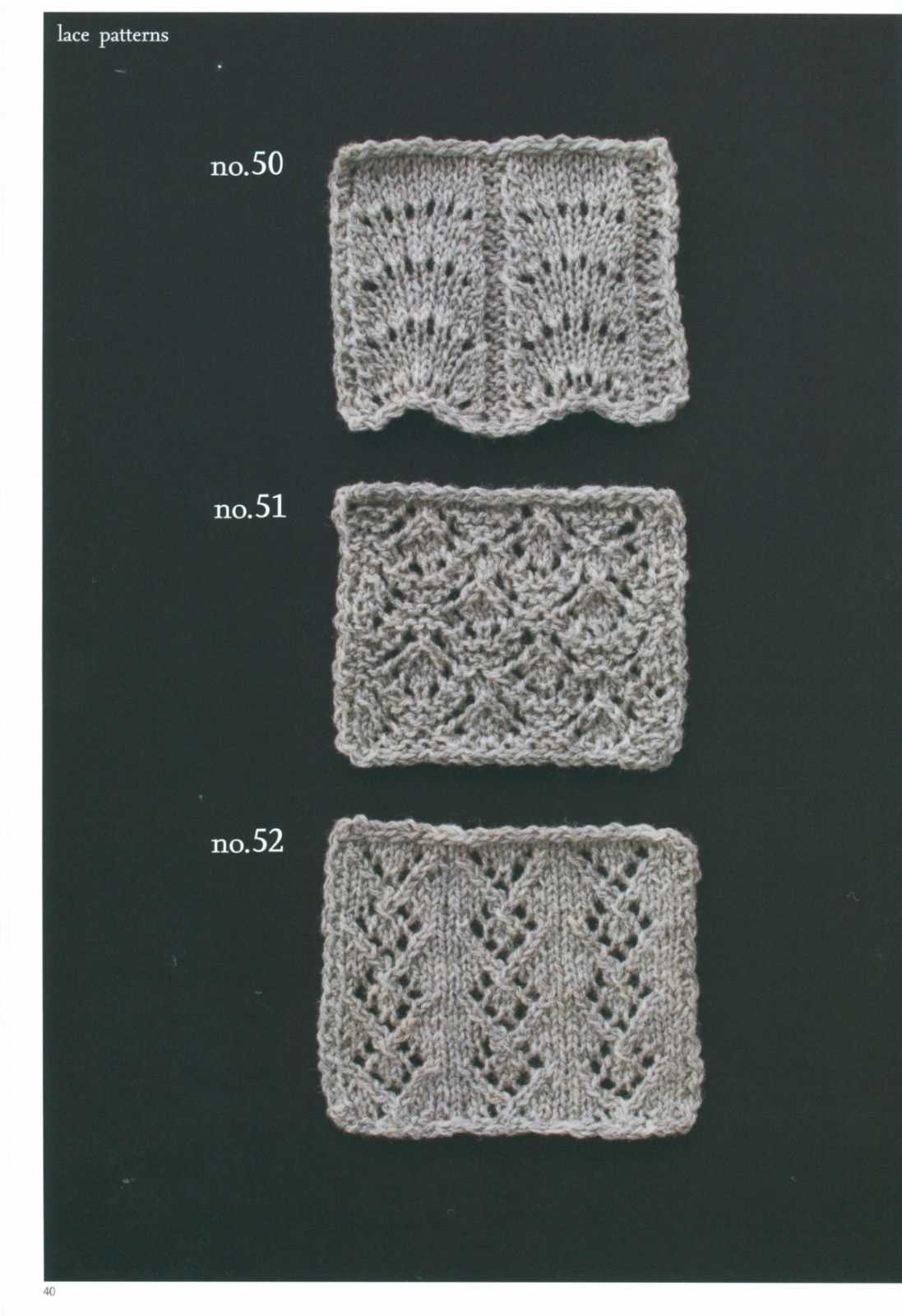
Mount Fuji, also known as Fujisan, is an iconic symbol of Japan and is one of the most famous mountains in the world. With its beautiful conical shape and snow-capped peak, it attracts millions of visitors each year and is a popular subject in Japanese art and literature. Standing at 3,776 meters (12,389 feet) tall, it is the highest mountain in Japan and is located on Honshu Island, near the cities of Tokyo and Yokohama.
The climb to the summit of Mount Fuji is a popular challenge for both locals and tourists. The climbing season typically runs from early July to mid-September, when the weather is relatively mild and the mountain is free from snow. There are several climbing routes to choose from, each offering unique views and experiences. Many climbers start their ascent at the 5th station, which is accessible by bus or car. From there, it takes an average of 5 to 8 hours to reach the summit, depending on the route and individual fitness level.
Key Facts about Mount Fuji:
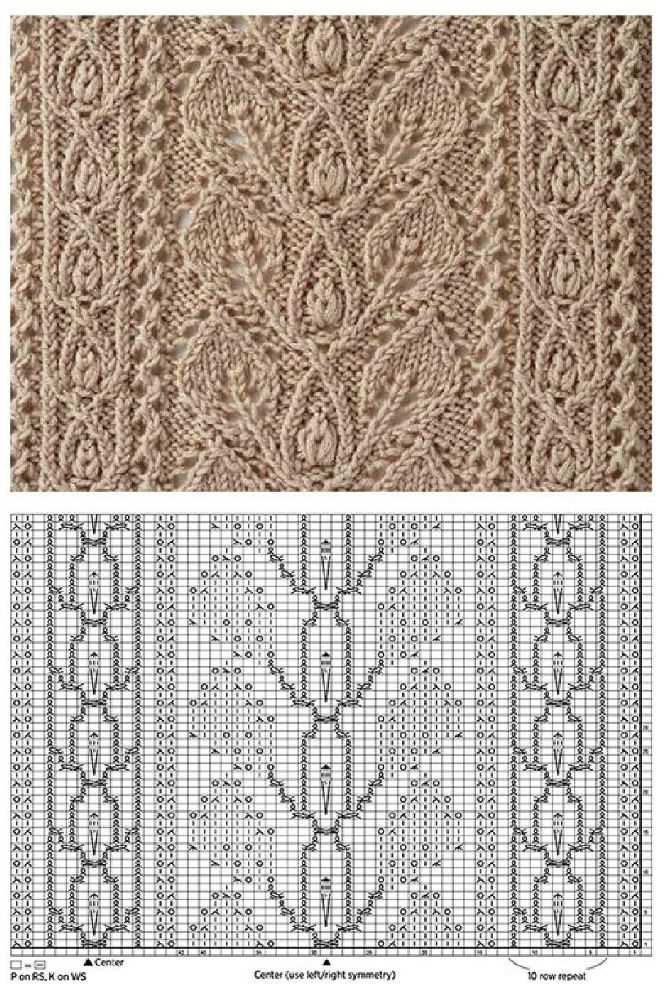
- Mount Fuji is an active stratovolcano that last erupted in 1707.
- It is a UNESCO World Heritage site and holds cultural significance for the Japanese people.
- Mount Fuji is often depicted in Japanese art, including ukiyo-e prints and haiku poetry.
- It is a popular destination for photographers, hikers, and nature enthusiasts.
- During the climbing season, there are mountain huts along the trail where climbers can rest and refuel.
Techniques used in Japanese lace knitting
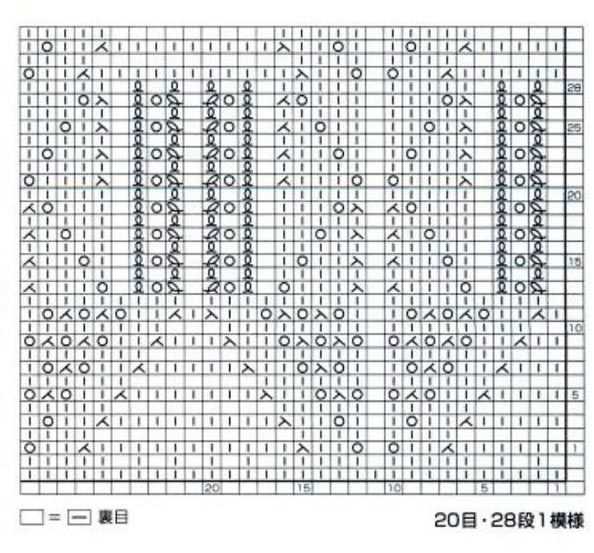
Japanese lace knitting is known for its intricate and delicate patterns, created using a variety of techniques. These techniques, often passed down through generations, require careful attention to detail and precision.
Lace charts: Lace knitting patterns in Japan are typically presented as charts, rather than written instructions. These charts use symbols to represent different stitches and actions, allowing the knitter to visualize the pattern more easily. The charts also include special symbols to indicate increases, decreases, and yarn overs, which are essential for creating the intricate lace patterns.
Slipped stitches: Slipped stitches are commonly used in Japanese lace knitting to create a more textured effect. By slipping a stitch from the left needle onto the right needle without knitting or purling it, the resulting fabric has a lacy appearance with small holes.
Yarn overs: Yarn overs are an essential technique in lace knitting, and they are frequently used in Japanese lace patterns. A yarn over is created by bringing the yarn to the front or back of the work and knitting or purling the next stitch without actually working the yarn. This creates an extra stitch and forms the decorative holes in the lace fabric.
Decreases: To create the delicate shapes and motifs in lace knitting, various decrease techniques are employed in Japanese lace patterns. Common decreases include knit two together (k2tog) and slip, slip, knit (ssk), which decrease the number of stitches and shape the fabric.
Nupp stitches: Nupp stitches are a unique feature of Japanese lace knitting. They are created by knitting multiple stitches together into one stitch and then immediately purling them back. Nupps add depth and texture to the lace fabric, creating small bobbles or beads.
Blocking: After completing a lace knitting project, blocking is an essential step to enhance the lace pattern and shape the finished piece. In Japanese lace knitting, blocking is typically done using pins and a mat, carefully stretching and shaping the fabric to reveal the intricate details of the lace pattern.
Ribbon lace: Ribbon lace is a special technique used in Japanese lace knitting to create a three-dimensional effect. It involves adding ribbons or strips of fabric to the lace fabric, weaving them in and out of the stitches. This technique adds an extra dimension to the lace pattern and creates a unique texture.
In conclusion, Japanese lace knitting incorporates a range of techniques, from lace charts and slipped stitches to yarn overs and nupp stitches. These techniques contribute to the intricate and delicate nature of Japanese lace patterns, making them highly sought after by knitters around the world.
Yarn overs
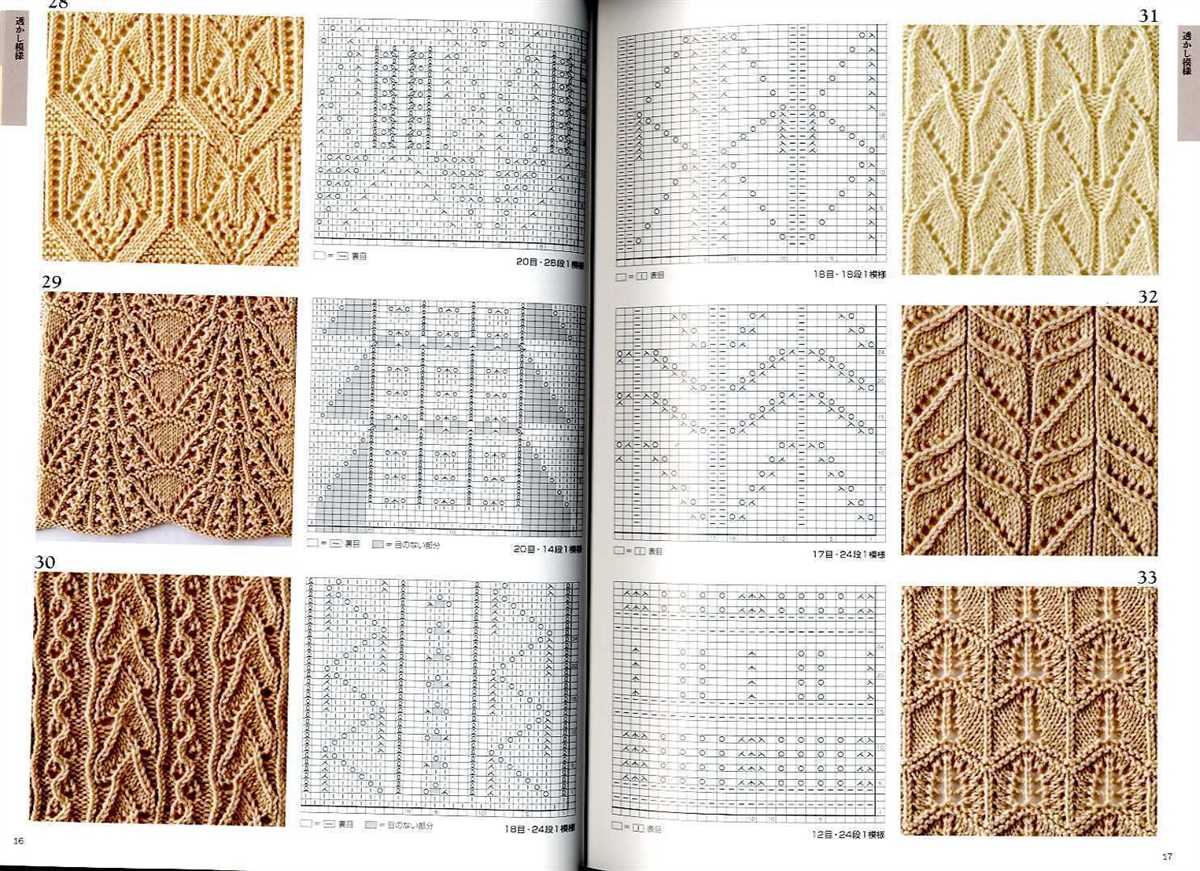
Yarn overs are an essential technique in Japanese lace knitting patterns. Also known as “yo,” a yarn over is used to create an extra stitch by wrapping the yarn around the needle. This creates an open and decorative hole in the knitted fabric and is often used to form the intricate lace patterns that are characteristic of Japanese knitting.
To perform a yarn over, simply bring the yarn to the front or back of the work, depending on the pattern instructions, and then wrap the yarn around the needle in a counter-clockwise direction. It is important to make sure the yarn over is not too tight or too loose, as this can affect the tension and appearance of the lace pattern.
Yarn overs can be used in various ways within a lace pattern. They can be paired with decreases, such as knitting or purling two stitches together, to create a balanced and symmetrical lace motif. Yarn overs can also be grouped together to form decorative motifs, or used as transitions between different lace stitches.
When working with Japanese lace knitting patterns, it is important to pay close attention to the yarn over instructions and chart symbols. The position and direction of the yarn over can vary depending on the specific pattern, so it is helpful to familiarize yourself with the different symbols and their meanings. Taking the time to practice and understand yarn overs will allow you to create stunning and intricate lace designs in your knitting projects.
Decreases
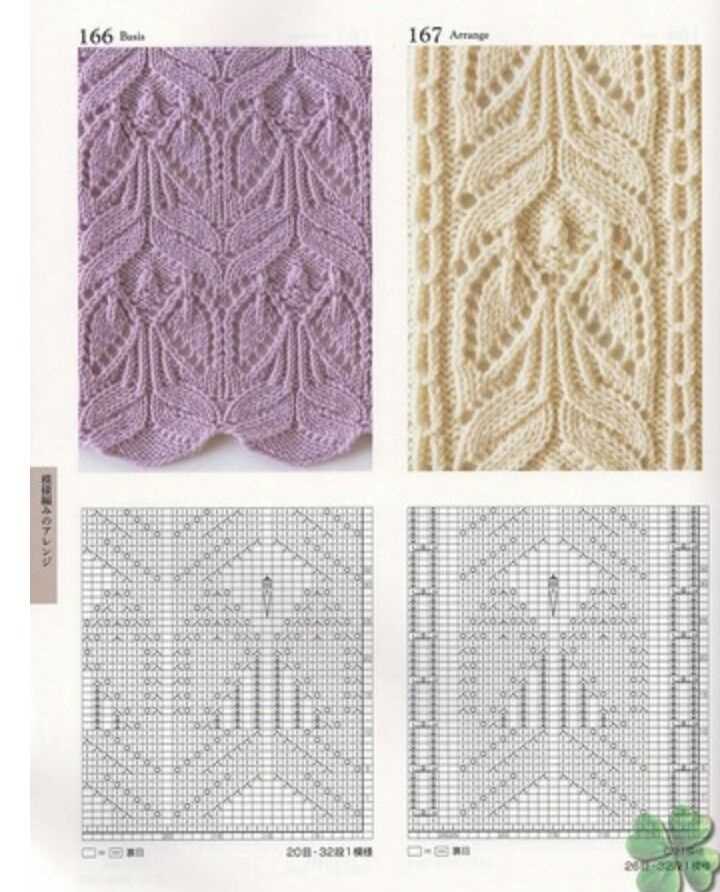
Decreases are an important technique in Japanese lace knitting patterns. They are used to create shaping and bring the stitches closer together, resulting in a decorative and intricate design. There are several types of decreases commonly used in lace knitting.
The most common decrease used in Japanese lace knitting is the “k2tog” (knit two together) decrease. This decrease is performed by inserting the right needle into the next two stitches on the left needle as if to knit, and then knitting them together as one stitch. The “k2tog” decrease creates a smooth and angled decrease that slants to the right.
Another commonly used decrease is the “ssk” (slip, slip, knit) decrease. To perform this decrease, slip the next two stitches knitwise onto the right needle one at a time, then insert the left needle into the front loops of the slipped stitches and knit them together. The “ssk” decrease creates a left-leaning decrease that complements the “k2tog” decrease.
When incorporating decreases into a lace knitting pattern, it is important to follow the specific instructions provided in the pattern. The placement and frequency of decreases can greatly affect the final design and shape of the lace. By carefully following the instructions and practicing the different decrease techniques, you can create beautiful and intricate Japanese lace knitting patterns.
Materials for Japanese lace knitting
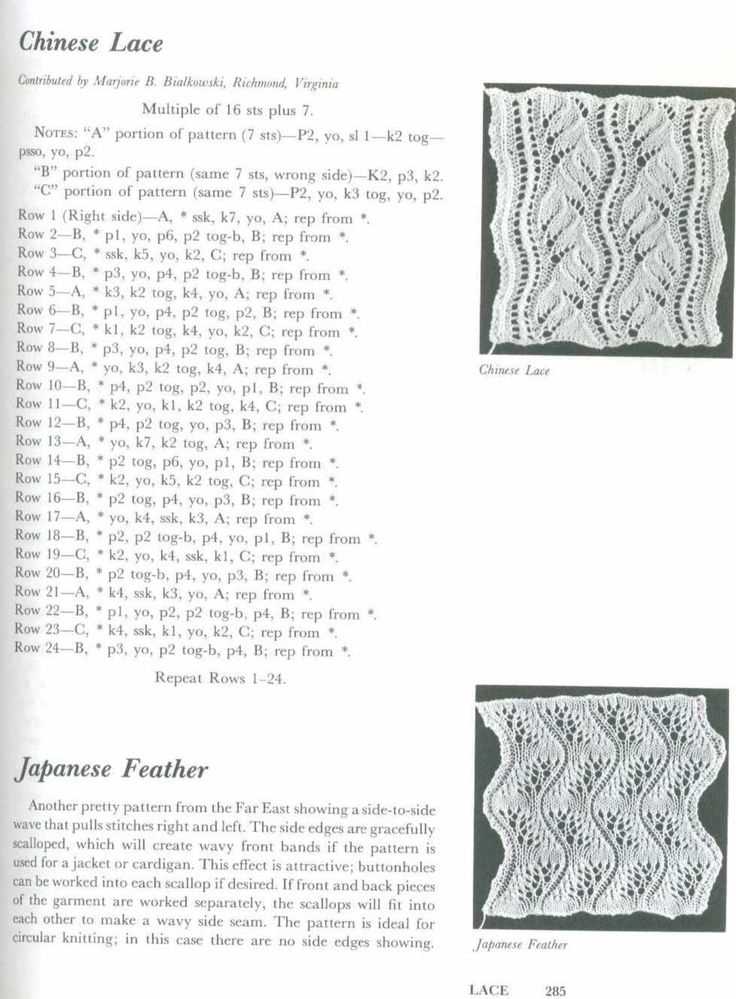
In order to create beautiful Japanese lace knitting patterns, you will need a few essential materials. These materials include:
- Yarn: Choose a fine lace weight or light fingering weight yarn for your project. The yarn should be soft and smooth, allowing the intricate lace stitches to stand out.
- Knitting Needles: Select a pair of knitting needles that complement the chosen yarn. Lace knitting is often worked with smaller needles to create delicate stitches. Circular needles are recommended for larger lace projects.
- Stitch Markers: Use stitch markers to help keep track of stitch counts and pattern repeats. This is especially important in Japanese lace knitting as the patterns often involve intricate stitch combinations.
- Pattern Chart: Japanese lace knitting patterns are often presented in the form of charted designs. It is essential to have a clear and well-labeled pattern chart to follow along with the instructions.
- Tapestry Needle: A tapestry needle will be needed to weave in any loose ends or join pieces together.
When selecting your materials, consider the final project you have in mind. The yarn color, fiber content, and needle size can all impact the overall look and feel of the lace pattern. It is recommended to choose yarn and needles that allow for crisp stitch definition and highlight the intricacy of the lace design. With the right materials, you’ll be well on your way to creating stunning Japanese lace knitting projects.
Japanese Silk Yarn
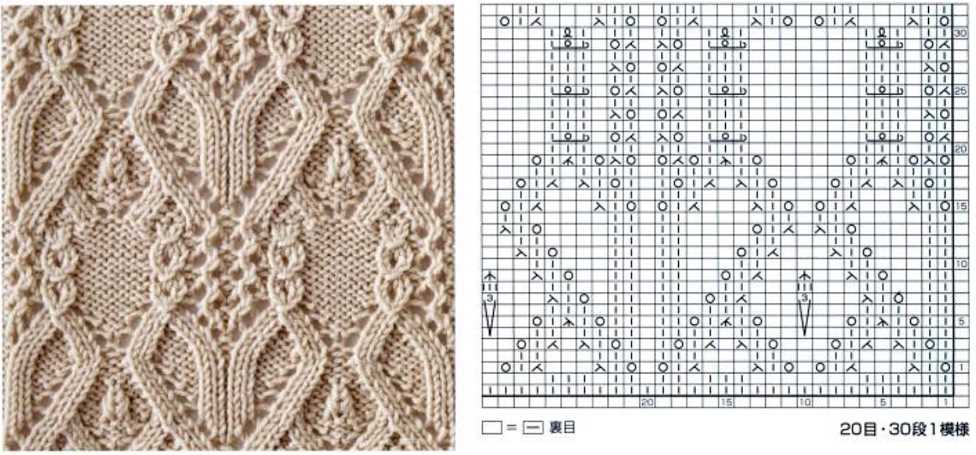
Japanese silk yarn is highly valued for its luxurious feel and beautiful sheen. It is made from the fibers of silk worms and is known for its exceptional quality and durability. Japanese silk yarn is often hand-dyed using traditional techniques to create stunning color variations that enhance the intricate lace knitting patterns.
When using Japanese silk yarn for lace knitting, the results are truly breathtaking. The delicate and intricate stitches are accentuated by the silk’s natural luster, creating a captivating visual effect. The smooth and silky texture of the yarn makes it a pleasure to work with, allowing for excellent stitch definition and exquisite lace details.
Japanese silk yarn is available in a variety of weights, from lace to bulky, making it suitable for a wide range of projects. Whether you’re knitting a delicate lace shawl or a cozy winter sweater, Japanese silk yarn will add a touch of elegance and sophistication to your creations.
Summary
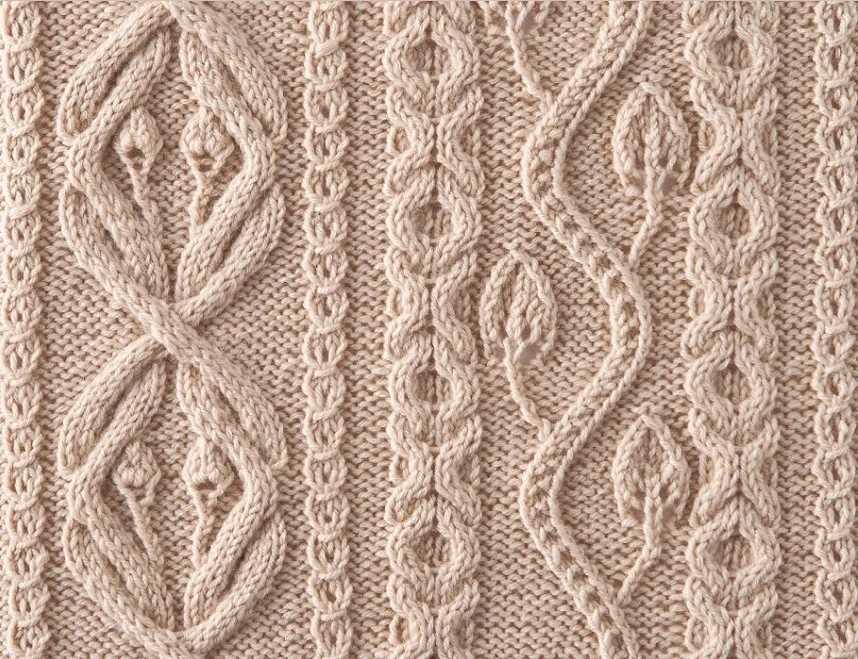
Japanese silk yarn is a luxurious and high-quality option for lace knitting. Its smooth texture and beautiful sheen enhance the intricate lace patterns, creating stunning results. Available in various weights, Japanese silk yarn is versatile and can be used for a wide range of projects. If you’re looking to add a touch of elegance to your lace knitting, Japanese silk yarn is a perfect choice.
Q&A:
What is Japanese lace knitting?
Japanese lace knitting refers to a style of knitting that originates from Japan and is characterized by delicate and intricate lace patterns. These patterns often feature intricate motifs and a high level of detail, resulting in beautiful and intricate knitted items.
Where can I find Japanese lace knitting patterns?
Japanese lace knitting patterns can be found in various sources. Some popular options include Japanese knitting books, which often have a wide range of lace patterns with detailed charts and instructions. Online platforms and websites also offer a selection of Japanese lace knitting patterns that can be downloaded or purchased.
Are Japanese lace knitting patterns difficult to follow?
Japanese lace knitting patterns can be challenging for beginner knitters due to their intricate designs and the use of complex stitches. However, with practice and patience, they can be mastered. It is recommended to start with simpler lace patterns and gradually work your way up to more intricate designs.
What type of yarn is suitable for Japanese lace knitting?
The choice of yarn for Japanese lace knitting depends on personal preference and the desired outcome. However, it is generally recommended to use a fine and lightweight yarn, such as lace weight or fingering weight yarn, to achieve the delicate and lacy look of Japanese lace patterns.
Can I modify Japanese lace knitting patterns?
Yes, Japanese lace knitting patterns can be modified to suit your preferences or to add your personal touch. Once you are comfortable with following the original pattern, you can experiment with different stitch combinations, add or remove motifs, or adjust the size of the project to create a unique piece.